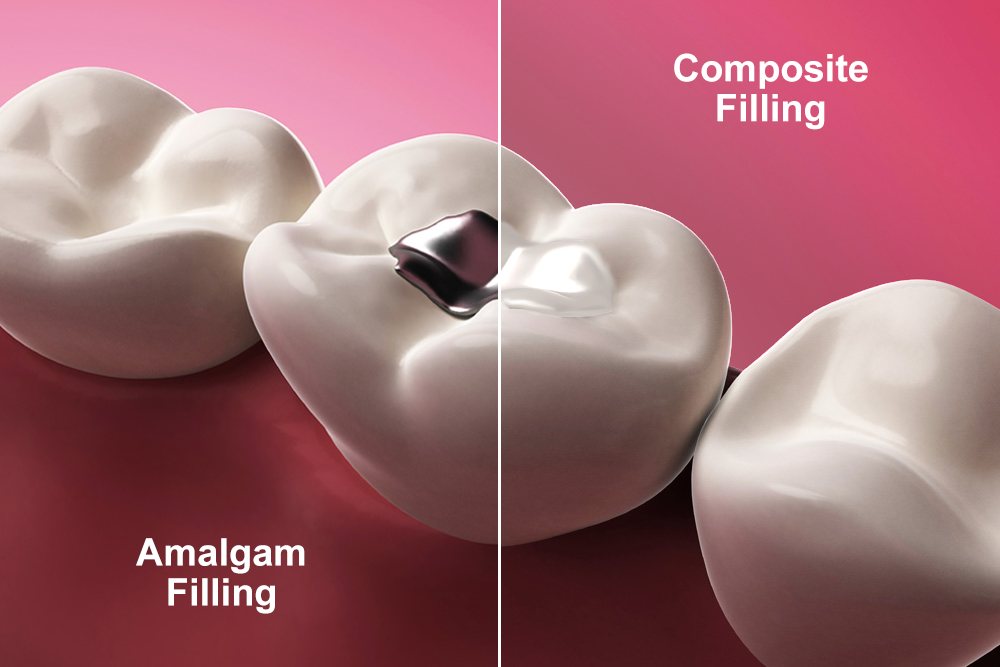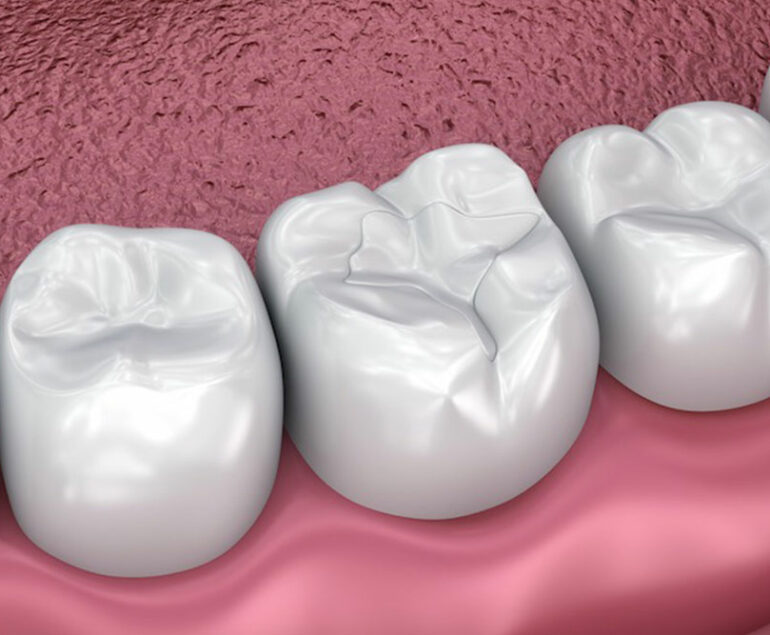What to know about Cavity Checks and fillings
Fillings treat tooth decay, preventing further damage and tooth loss, as well as the possibility of pain and infection. A filling seals a hole, or cavity, in the tooth. Regular Cavity checks and fillings can resolve issues quickly, and relatively painlessly.
Having a cavity filled may cause some discomfort, but it should not cause pain. Anyone who experiences moderate or severe pain during or after the procedure should let their dentist know.
Below, we describe the materials in fillings and give details about the procedure, including how much it costs and when to contact the dentist afterward.
Types of fillings
There are a few types of fillings, including:
- Amalgam fillings: Amalgam is a silver mixture of different metals, such as copper, tin, and mercury. These fillings may be more appropriate for the back molars. The material is durable and lasts a long time.
- Composite fillings: The material is tooth-colored and consists of resin and glass.
- Glass ionomer fillings: The material is also tooth-colored and made of powdered glass that bonds with the teeth. These fillings release fluoride to help prevent further tooth decay.
- Gold fillings: The material is an alloy of copper, gold, and other metals. These are the most durable fillings, lasting for 20 or more years.
Resin-based composite and glass ionomer fillings are less durable than amalgam fillings. However, they are also less visible and do not contain heavy metals.
Are amalgam fillings safe?
Amalgam fillings may release low levels of mercury vapor, especially during a filling’s placement and removal. However, according to the FDA, the levels of mercury vapor released are low compared to the levels that cause signs of toxicity.
The FDA has concluded that exposure to mercury from fillings does not lead to adverse health effects in the general population, including people with multiple sclerosis, Parkinson’s disease, or Alzheimer’s disease.
Some may have a higher risk of experiencing negative effects of this vapor from amalgam fillings, however. This group includes people who:
- are pregnant or planning to be
- are chest- or breastfeeding
- are younger than 6 years
- have impaired kidney function
- have a known allergy to amalgam fillings
- have a preexisting neurological condition
Anyone concerned about the possible effects of amalgam fillings should discuss other options with their dentist.
In addition, the FDA does not recommend having an amalgam filling replaced or removed if it is in good condition and there is no sign of decay beneath it. This is because an unnecessary removal can result in the loss of healthy tooth structure and unnecessary exposure to mercury vapors.
Procedure
Having a filling is typically an in-office procedure. Children and anyone with severe dental anxiety may require sedation or even general anesthesia. If a person needs to prepare for the procedure in any way, their dentist will let them know beforehand.
What to expect during the procedure
The steps may vary, depending on the filling’s location and the materials used. But the general steps are:
- Our dentist applies a numbing gel to the gums. Once this has taken effect, they inject a local anesthetic into the gum.
- Using a drill or another specialized tool, our dentist removes the decayed area of the tooth.
They then fill the hole in the tooth. - Lastly, they polish the filling and may adjust it so that the person’s bite feels normal.
- If they use a composite filling material, our dentist also needs to “cure,” or harden, it with a special light.
Aftercare and recovery
Our dentist may recommend not eating or drinking until the numbing medication wears off. This is to prevent a person from accidentally biting their tongue or the inside of their cheek.
Tooth pain after a filling
There may be some minor soreness or discomfort, and over-the-counter medication, such as ibuprofen (Advil, Motrin) or acetaminophen (Tylenol) should help.
Tooth sensitivity after a filling
A person may experience increased sensitivity to hot and cold after a filling. This can occur due to minor nerve irritation, gum irritation, or inflammation due to the drilling.
These sensations typically improve with time. If they get worse instead of better, call us. In some cases, the sensitivity can result from the shrinking of a composite filling.
Summary
A dental filling treats tooth decay. Having a filling can prevent further damage, reduce the risks of pain and infection, and help maintain overall dental health. Cavity checks and fillings can resolve dental issues quickly and easily.
There are different types of fillings, including amalgam, gold, composite, and glass ionomer. Discuss the options with us. Call today for a consultation.




